If you like to shoot film, then you understand that it isn’t every day that a camera maker comes to market with a line of new cameras, let alone large format view cameras. So I was surprised at how few results were returned when I did a quick search on this site for “Intrepid Camera,” considering they have been selling their kits for about 7 years now. I found lots of news posts about product announcements and trade shows over the years, but only one post that was written by an actual user and gave some objective sense of what these cameras are all about (link). I acquired mine, the Intrepid 4×5 model, in May of 2022. Intrepid camera also offers a 5×7 and 8×10 version. Up to the time of writing this, I have taken it to 6 states and two countries. I have carried it on my back on multi-day backcountry trips and countless shorter hikes. I have dropped it off my tripod into the sand, broken plastic components, lost two of the little spirit levels that come glued onto the camera, and made repairs to the front tilt knobs (all unrelated incidents…). This post is meant to be an honest review, but more so my own thoughts on the possibilities that this camera opened up for me within the realm of large format photography.
If you’re a large format film shooter chances are you’ve heard of the UK-based Intrepid Camera and their collection of ultra-lightweight and ultra-affordable folding view cameras. If you haven’t, or if you are considering jumping into the format, I hope you learn something from this post. Intrepid began as a kickstarter project back in 2016 with a very basic 4×5 camera made entirely from CNC plywood. Their current offering is the camera’s fifth iteration and is a fully functional camera made of plywood, aluminum, and 3D-printed plastic. The camera I own is the MK4 version which was superseded in late 2022 by the current model. The newer version made some slight improvements, including adding zeroing guides for some of the movements and a removeable bellows, but it is by and large the same camera.
The Intrepid 4×5 is a wonderful thing in principle. It is a fully functioning folding view camera that weighs 2.8 pounds, costs under $400 brand new (less than the cost of certain vintage Nikons), and has all the camera movements you would typically want in a field camera. Rear tilt is controlled with nice machined aluminum knobs. Front rise/fall and tilt are controlled with a nifty inner-outer knob design which makes adjusting these movements while groping for the knobs from under a dark cloth much easier compared to having separate knobs. These are made of 3-D printed plastic. It would have been nice to see the same machined aluminum here. Front shift and swing are adjusted by loosening a plastic wing nut that sits under the front lens standard, allowing the lens stage to slide and rotate. Having these movements share the same knob sometimes becomes tricky when trying to employ front shift and swing at the same time. There is no rear shift or swing. Focusing is done with a single knob at the rear which turns a worm gear which moves the platform forward and rearward.
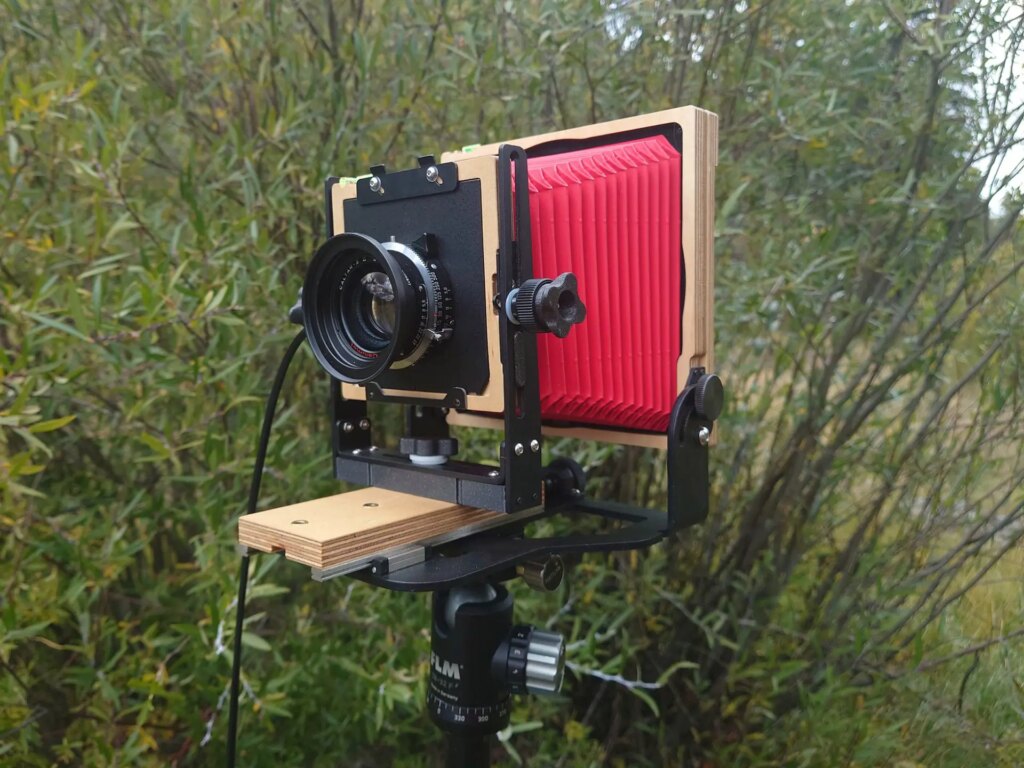
The Intrepid 4×5 is compatible with standard Linhof/Techinca lens boards which are readily available on ebay and likely in a dusty bin at your local camera shop. Intrepid sells their own plastic lens boards on their website, but I do not own any of these. The rear standard rotates to change between portrait and landscape, and snaps nicely into place with magnets. A big gripe I have is that the focusing knob protrudes ever so slightly into this plane of rotation, meaning that you cannot rotate the back when it is in a 90 degree position (0 degrees of tilt). If you decide to switch the orientation of image after you have already focused and set any rear tilt, you have to tilt the rear standard out of the way of that focusing knob in order to rotate, throwing out your focus and tilt. This is a big oversight that could have been so easily solved by just making the focusing knob a hair thinner or recessing it a bit. I have actually taken the knob off of mine and sanded it down a little. It really is so close that I wonder if this is a tolerance/quality control issue from which only some cameras suffer.
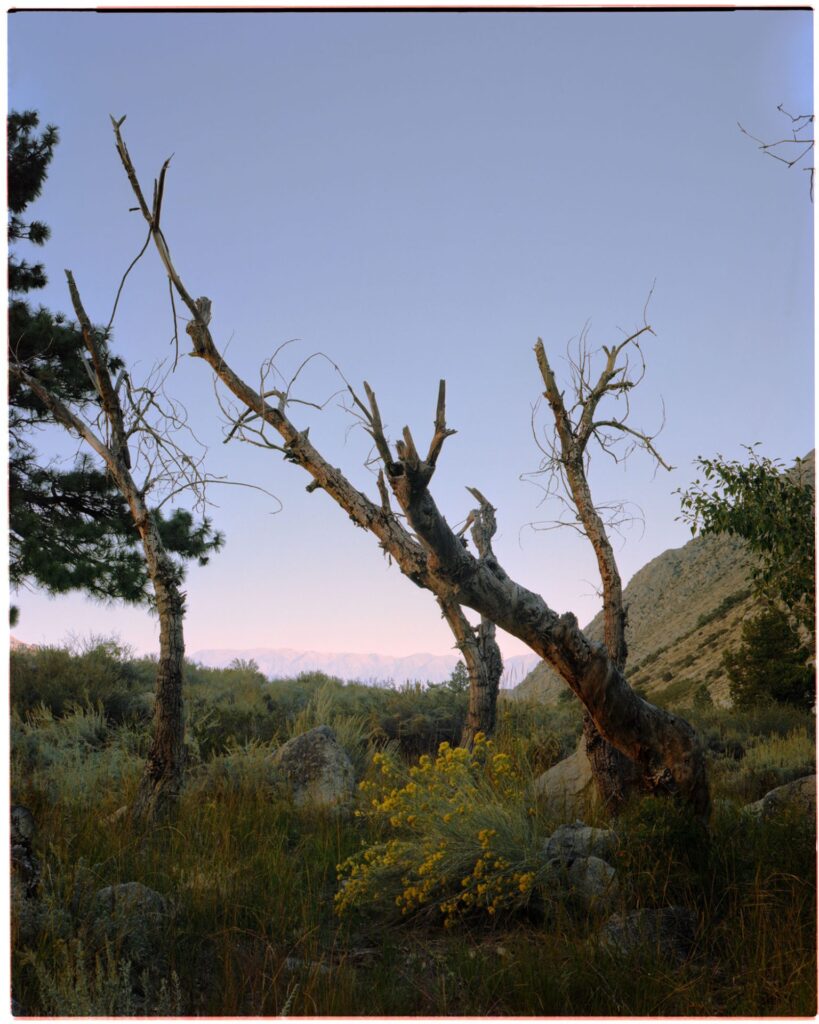
The back is the standard Graflok style which means you can swap it out for a myriad of roll film holders and instant film backs. The ground glass sits in a 3-D printed plastic frame, which is in turn held in place by two thin aluminum strips which provide spring tension against the rear standard. When the camera was new it had plastic thumb tabs to facilitate the removal of the back, mine snapped off ages ago. Not super critical, but another place where plastic might not have been the best material. It looks like the new version simply did away with these tabs. The ground glass is held into the frame by two very fragile-looking aluminum retainers, which are screwed right into the plastic frame. One of them stripped when I removed the retainers to install a fresnel. The camera base is made of nice, sturdy aluminum with one 1/4″ and one 3/8″ threaded hole in the center for mounting tripod plates. Because these holes go all the way through the base, you have to be careful that the mounting screw in your tripod plate is not too long. I learned the hard way that too long of a screw will protrude through the base too high and actually interfere with the focusing worm gear.
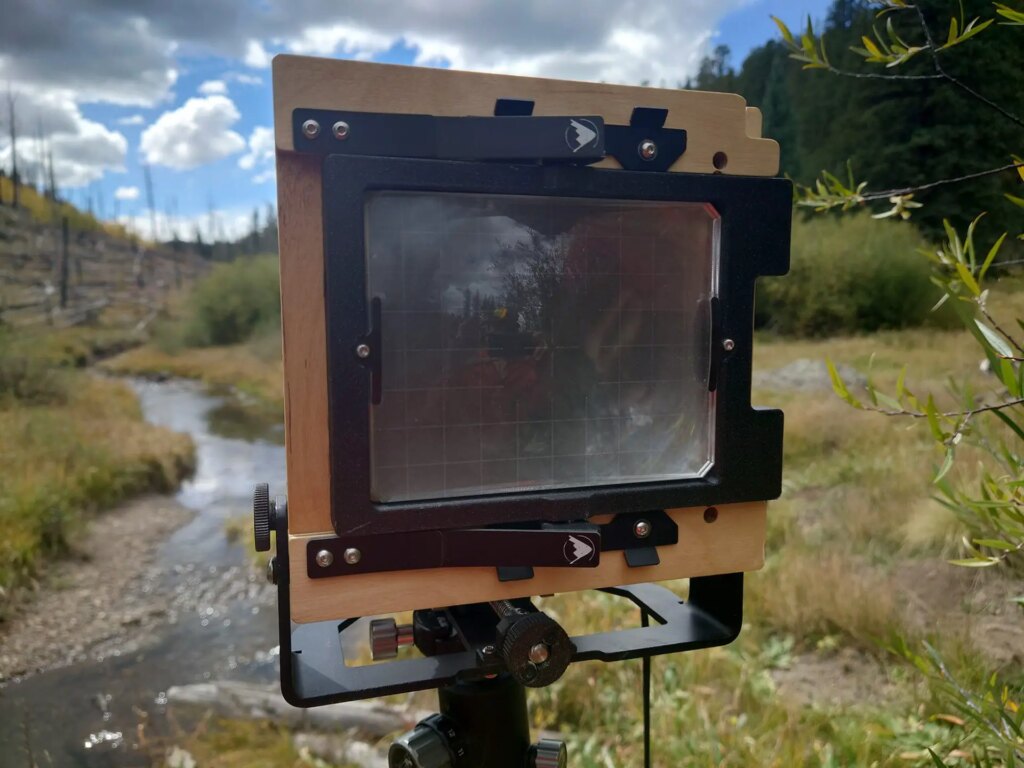
What I consider a big selling point of the Intrepid 4×5 is their service and availability of parts and accessories. They offer every add-on and upgrade you could ever want in your large format kit including a fresnel screen, recessed lens boards, a ground glass hood, and replacement ground glass. My camera developed an issue where one of the front tilt knobs would just spin on its threads and would not lock down. A big problem for employing scheimpflug. I emailed Intrepid through their website contact form, got a response the next day and had a whole new knob and thumb nut assembly in the mail. Replacing that part myself was trivial. Try getting that kind of service on your 80-year-old Speed Graphic!
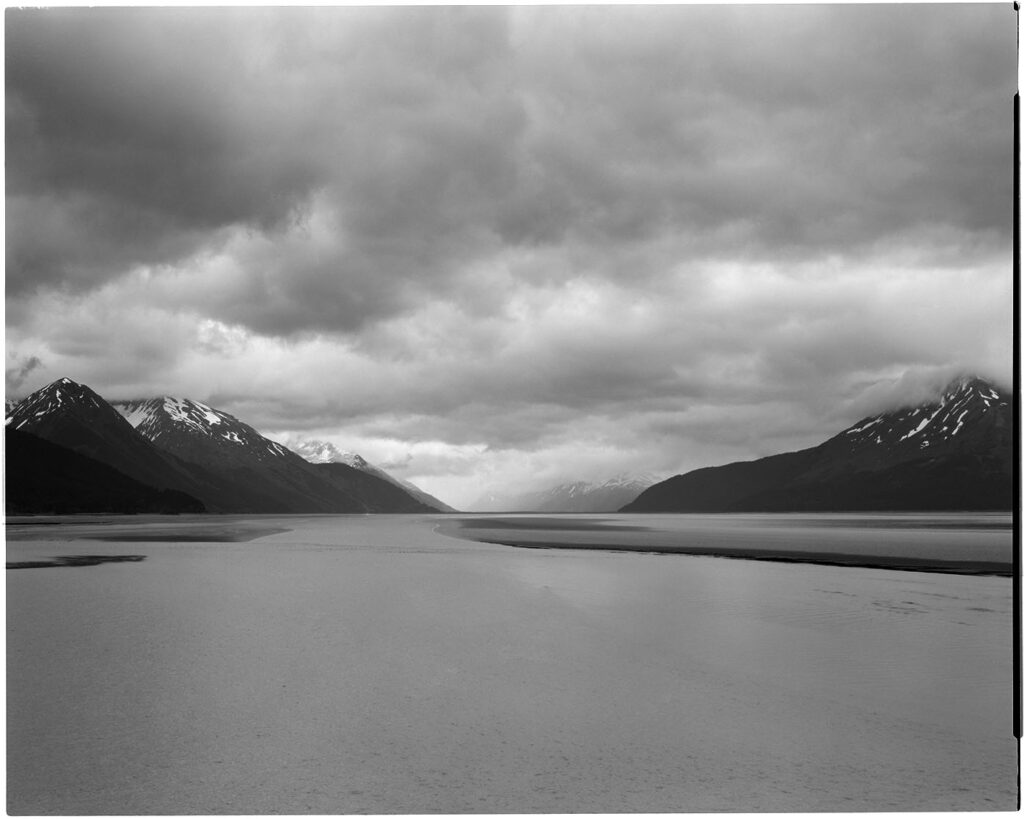
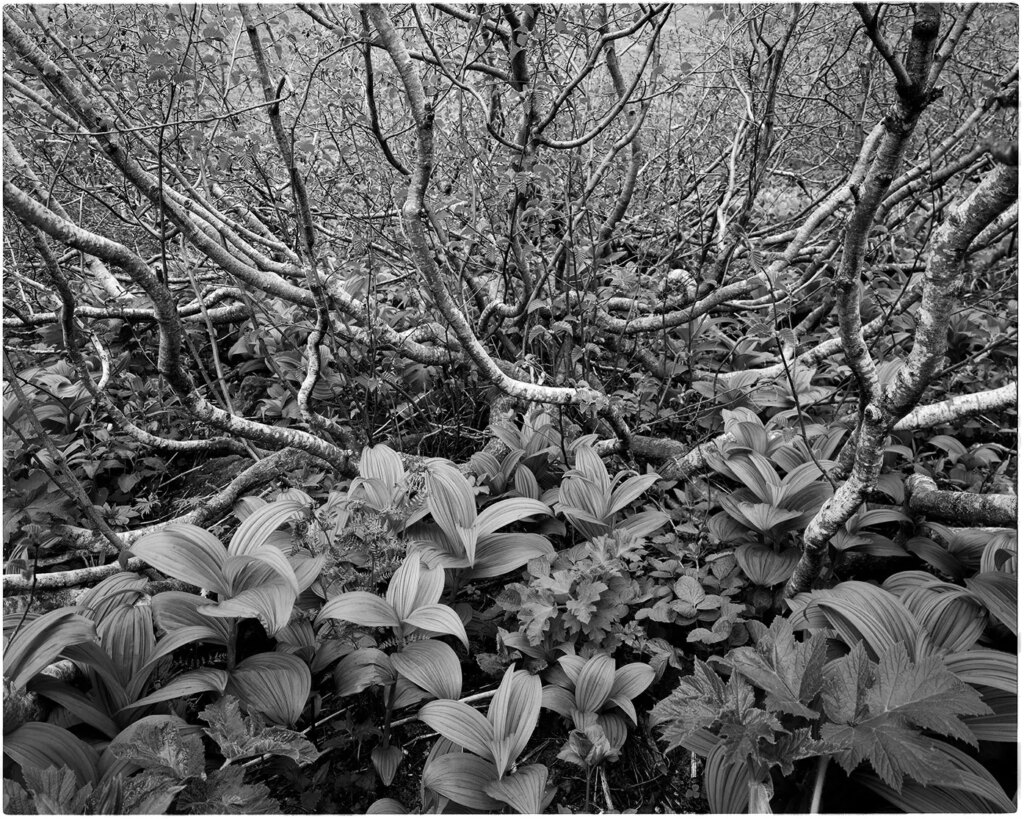
Despite some of these complaints I really love the Intrepid 4×5 for its ruggedness. Even though there are a lot of plastic components, the simplicity of design, serviceability, availability of parts (and let’s face it, the low price point) make this a true workhorse of a camera. I don’t think twice about wrapping it in a soft towel and packing it into a backpack next to my tent, stove, and sleeping bag for multi-day trekking. I couldn’t say the same for my antique, all brass and cherry Wista Field 45DX. And while the plywood and plastic construction may not be the most durable, it makes for a featherweight camera. Without a lens, it comes in at 1,252 grams (2 lbs 12 oz) according to my kitchen scale. That’s lighter than the Chamonix 45N-1 by 218 grams (7.7 ounces), and at less than 1/2 the cost!
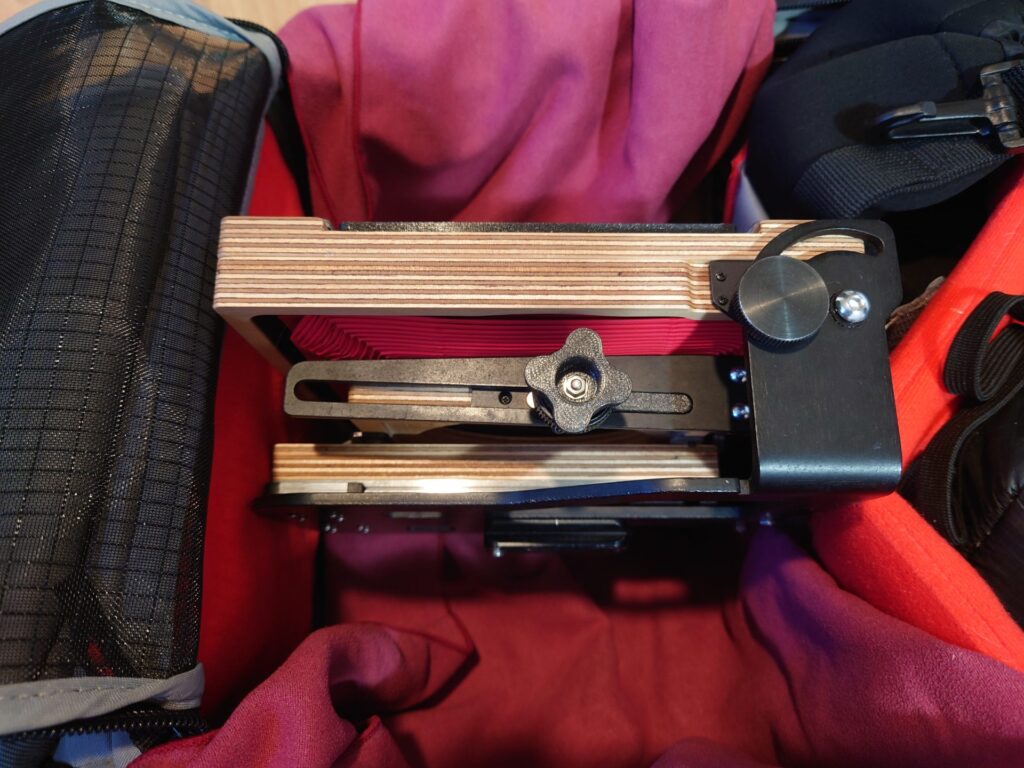
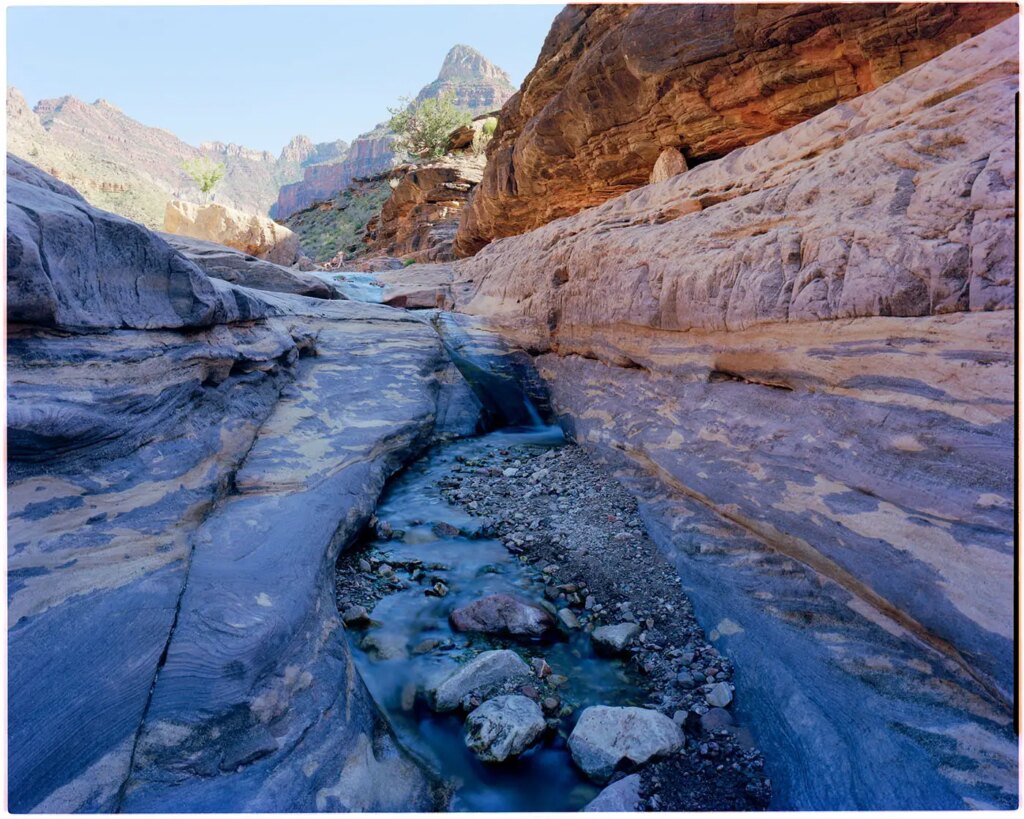
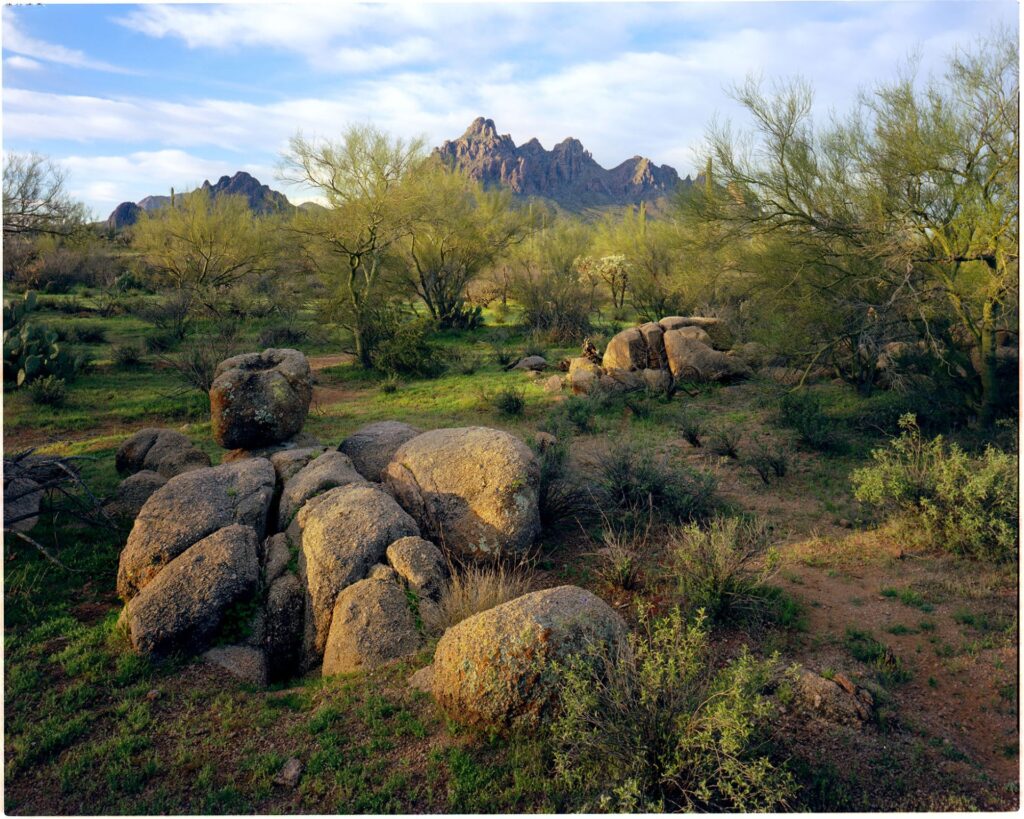
Intrepid Camera is really changing the game with their lineup of view cameras. Large format photography has traditionally been the domain of career professionals or serious enthusiasts with deep pockets. Today you can buy a brand new 4×5 field camera for less than an entry level mirrorless digital camera. Once you get your first lens and a few film holders it’s reasonable to say you could be totally set up for $600-$800, assuming you already own a tripod. It’s hard to overstate how important this is. Large format film photography is more accessible than ever in history and it’s really exciting to me. When I talk to the techs at my local Tempe, Arizona photo lab they corroborate that more and more people are bringing in sheet film to be developed. And I see it too on social media and Youtube. I won’t pretend there aren’t others doing similar things with new affordable view cameras (Ondu, Gibellini, Standard Camera to name a few). Personally I’d love to get my hands on the Ondu Eikan but I can’t justify another yet camera purchase to my partner. I digress…
At the end of the day I think this camera’s strengths outweigh its weaknesses. Make no mistake, the Intrepid 4×5 is not a professional grade technical camera. It is a rather spartan plastic and plywood box which is designed and marketed for the photographer looking to make their first leap into the format, or to any photographer who wants a super-lightweight large format setup without sacrificing too many camera movements. And that’s precisely what I love about it. It’s a plenty-capable camera to take with you anywhere without worrying too much about heft or about damaging your priceless vintage Linhoff. In the roughly 18 months I’ve owned mine I’ve managed to beat it to hell and it still works great. And I could afford to replace it 3 times before I’ve paid for a new Chamonix 45F-2. That’s definitely a selling point in my book.
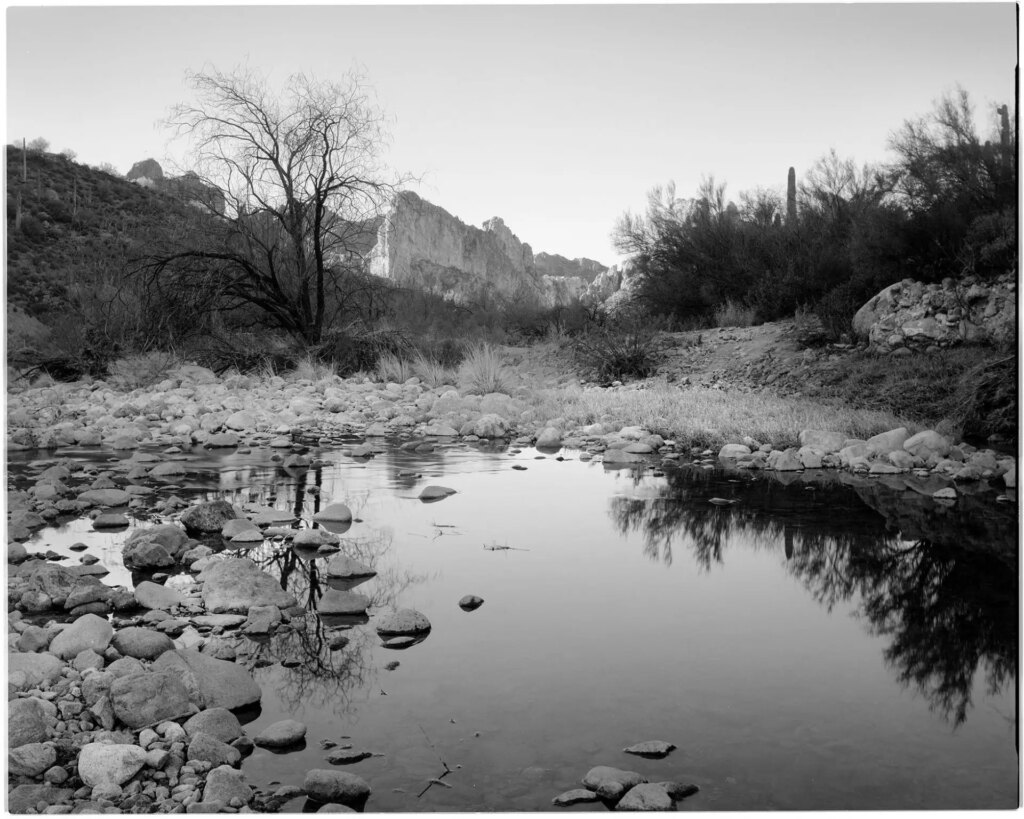
Thank you for reading! I hope this was informative especially to those considering Intrepid as a starting point getting into the format. The value and simplicity make it a wonderful choice.
You can browse my work on my website.
I am also on instagram.
-Sam
Share this post:
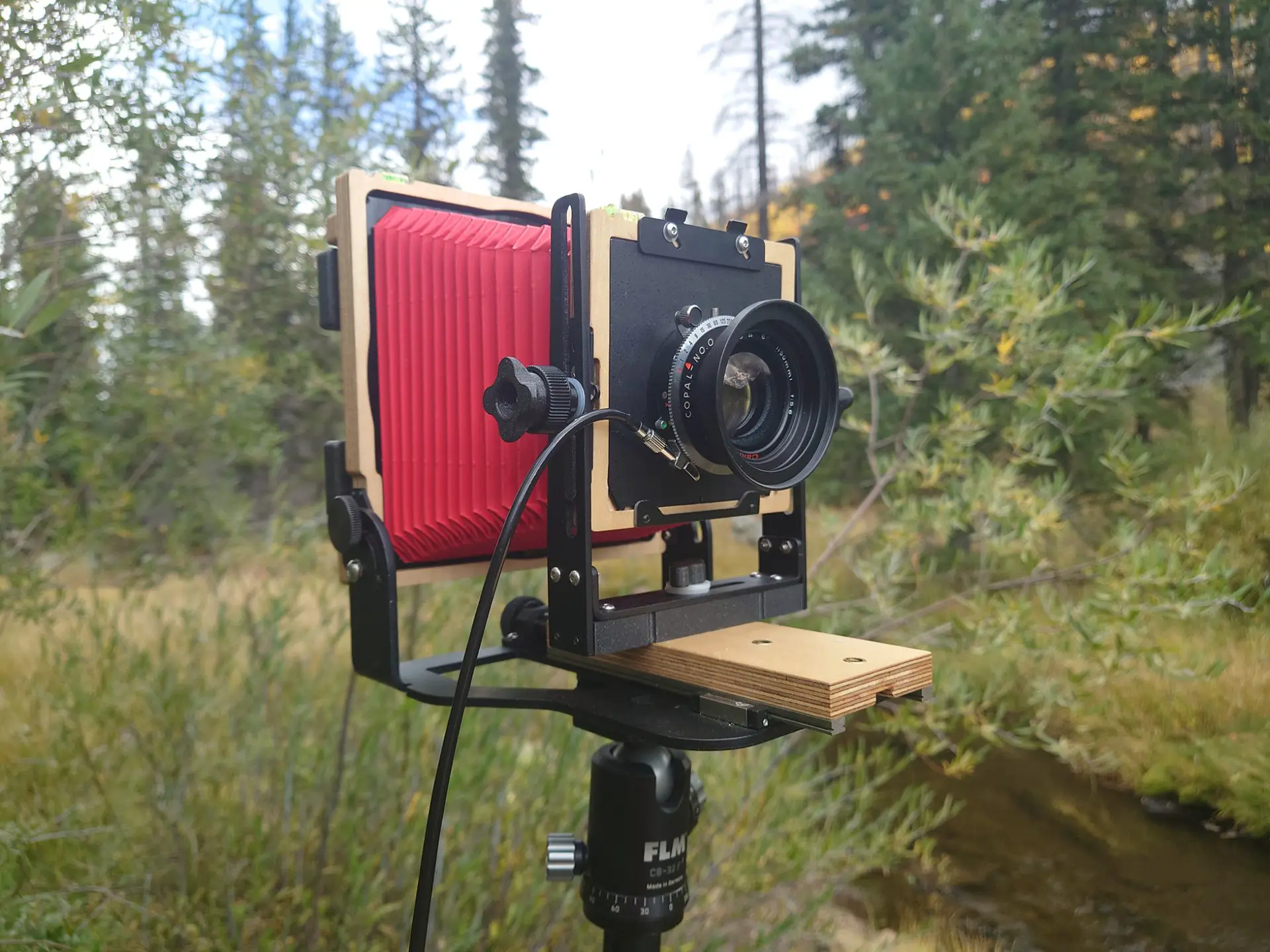
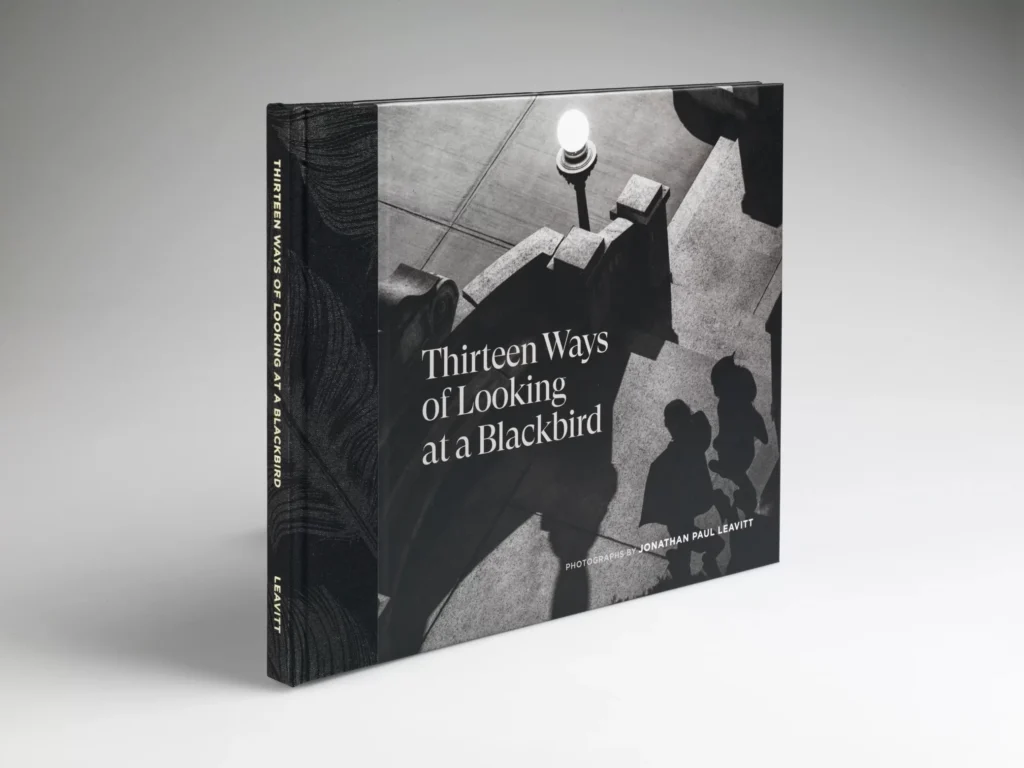

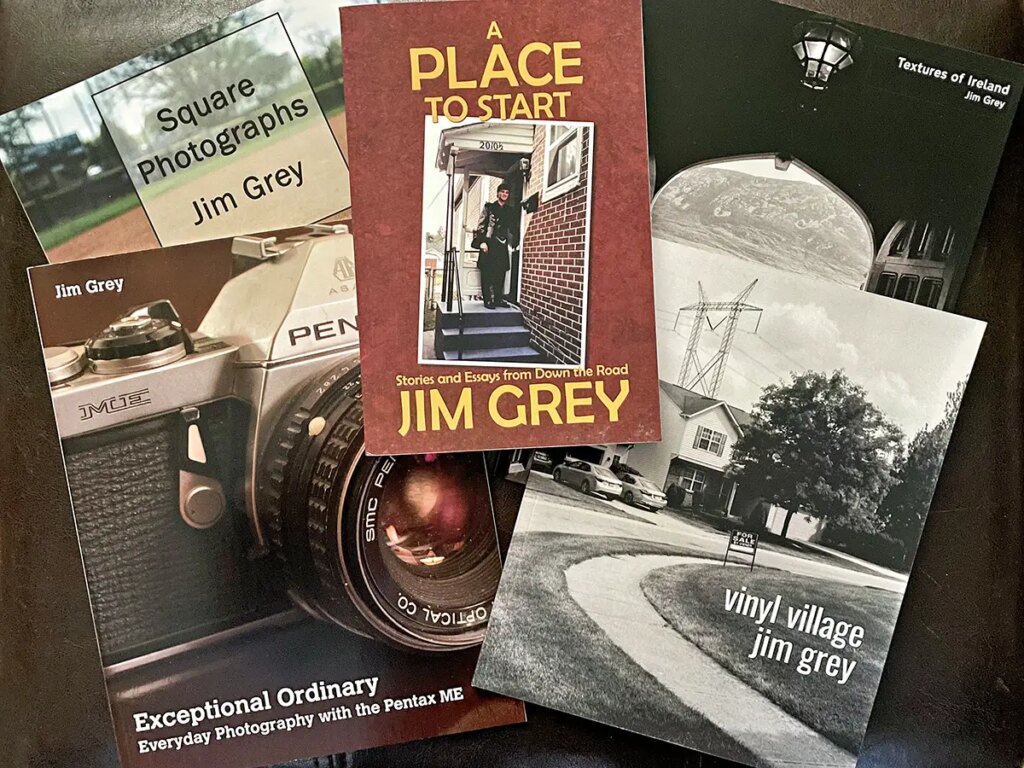
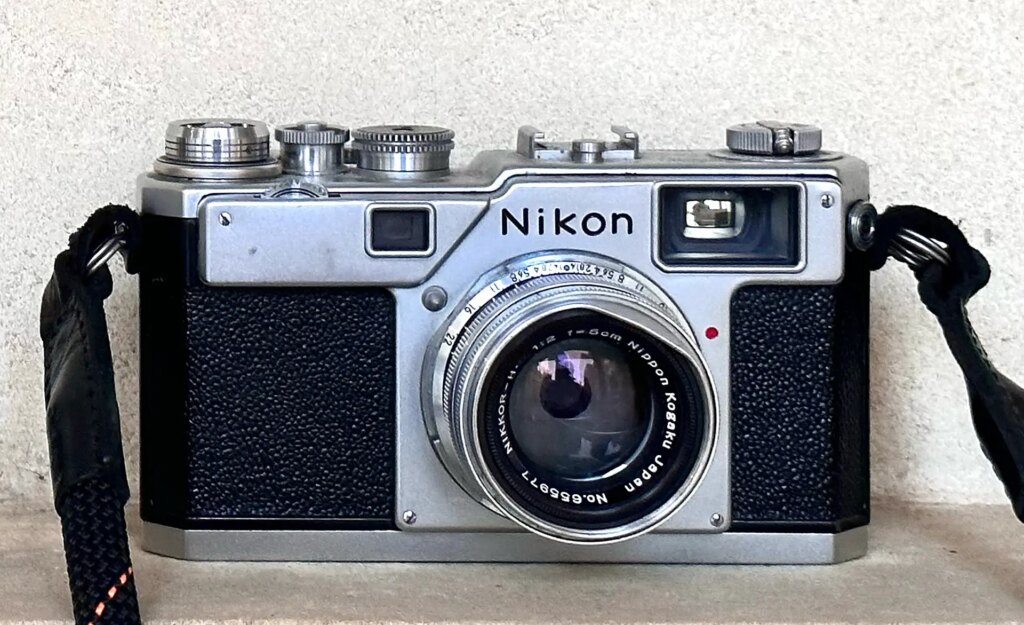




Comments
Lance Rowley on Intrepid 4×5 – One Year of Traveling – a Review, Thoughts, and Photos
Comment posted: 05/02/2024
Comment posted: 05/02/2024
Jalan on Intrepid 4×5 – One Year of Traveling – a Review, Thoughts, and Photos
Comment posted: 05/02/2024
Comment posted: 05/02/2024
Comment posted: 05/02/2024
Comment posted: 05/02/2024
Roy Shiro on Intrepid 4×5 – One Year of Traveling – a Review, Thoughts, and Photos
Comment posted: 05/02/2024
Comment posted: 05/02/2024
Comment posted: 05/02/2024
Comment posted: 05/02/2024
Gary Smith on Intrepid 4×5 – One Year of Traveling – a Review, Thoughts, and Photos
Comment posted: 05/02/2024
Comment posted: 05/02/2024
Gary Smith on Intrepid 4×5 – One Year of Traveling – a Review, Thoughts, and Photos
Comment posted: 05/02/2024
Harry Weide on Intrepid 4×5 – One Year of Traveling – a Review, Thoughts, and Photos
Comment posted: 05/02/2024
I also had a problem with the front rise/fall and tilt nifty inner-outer knob and I can only say positive things about Intrepid's customer support. It took a few days to resolve the situation, but that was mostly because I'm in Canada and the emails between me and Intrepid were sometimes over-nighters due to the time zone difference.
As for the Intrepid being less sturdy, less accurate, etc. than something like a Chamonix, my rationale was to first buy something that could get me up and running quickly for not a lot of money. Who knows? I might have decided that large format wasn't for me. FWIW, I've been using Fomapan, because it's less costly than other films, and I wanted to make my newbie mistakes with cheap film. As things stand, I don't think I've learned everything I can from the Intrepid, so it will be a while before I consider dropping a bundle of money on something "better". If ever.
Comment posted: 05/02/2024
Ibraar Hussain on Intrepid 4×5 – One Year of Traveling – a Review, Thoughts, and Photos
Comment posted: 06/02/2024
I’ve been on the brink of trying out 4x5 for years and haven’t taken the plunge
I did peruse their website a while back as well
Fair okay to them for releasing affordable new View cameras with warranty
How’s the build quality ?
Roger on Intrepid 4×5 – One Year of Traveling – a Review, Thoughts, and Photos
Comment posted: 06/02/2024
Comment posted: 06/02/2024
Comment posted: 06/02/2024
Robert Gulley on Intrepid 4×5 – One Year of Traveling – a Review, Thoughts, and Photos
Comment posted: 11/02/2024
Paul Quellin on Intrepid 4×5 – One Year of Traveling – a Review, Thoughts, and Photos
Comment posted: 04/03/2024
Comment posted: 04/03/2024